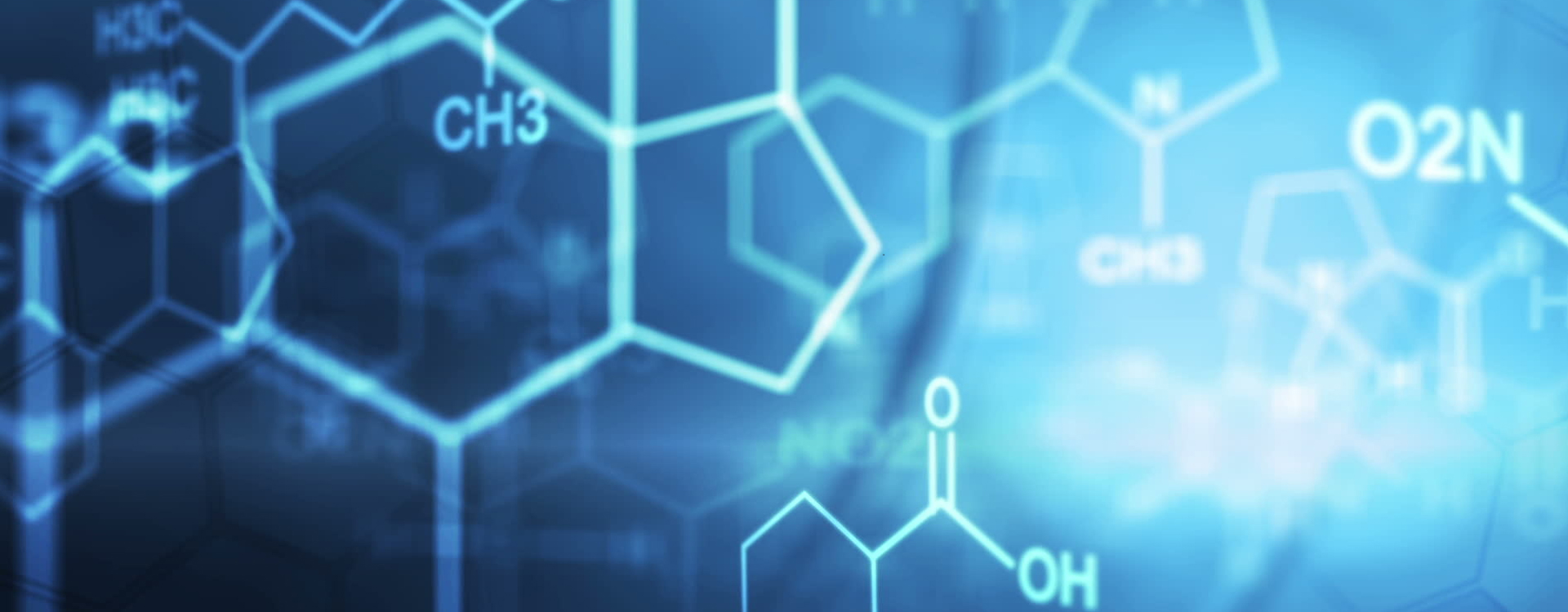Seminar Details
The scientific community continues to face challenges in developing a resilient photocatalyst that can effectively respond to visible light, aiding in the mitigation of environmental pollutants and facilitating the evolution of hydrogen through water-splitting reactions. At present, extensive research has been conducted on the photocatalytic activity of certain metal-organic frameworks (MOFs) due to their promising structure and exceptional ability to harvest visible light. This research aims to surpass the constraints of traditional metal oxide semiconductor photocatalysts. Here, we have synthesized various Fe-MOFs based heterostructures (MIL-53/ Ag2CO3, MIL-53/ defect induced CeO2, MIL-53/Ag/ g-C3N4, and MIL-53/ B, S co-doped g-C3N4) to achieve significant photocatalytic application in pollutant degradation and hydrogen evolution from water splitting. All the heterostructures developed were examined for the removal of toxic aquatic pollutants, H2 evolution, and reduction of heavy metals in water bodies. The identification of the active species involved in the degradation, reduction, and H2 evolution was achieved through radical trapping experiments and ESR analysis. The elucidation of the photocatalytic mechanism was achieved through the utilization of band gap analysis and flat band potential analysis. The stability and recyclability of the photocatalyst heterostructure that was synthesized were evaluated in line with the practical applications. These investigations indicate that the aforementioned heterostructure synthesized has the potential to be utilized as a promising candidate in the domains of generating sustainable energy sources and eliminating persistent organic pollutants.


